
November 16, 2018
Tapered Gusset Plates using Custom Angle
Modeling tapered gusset plates in RISAConnection is now easier than ever. With the recent addition of the Custom Angle input, you may now enter an angle to quickly cut back a gusset edge.
Halloween isn’t just for candy and costumes—it’s the perfect time to test your spooky engineering skills! We’ve brewed up a Halloween-themed RISA Jeopardy game, packed with fun, easy questions about our software. Tip for readers: Try to answer before revealing the “treat” below each question! 💀 Can You Count? 100 – RISACalc: How many components are currently available in RISACalc? 10 (Beam, Column, Steel Joist, Composite Beam, Retaining Wall, Spread Footing, Wall Footing, Drilled Pier, Seismic Load, Wind Load) 200 – FD: How many Data Entry spreadsheets are available in RISAFoundation? 25 300 – RISA-3D: How many countries or regions have building codes supported in RISA-3D? 9 (US, Canada, Mexico, Europe, Great Britain, India, Australia, New Zealand, Saudi Arabia) 🎃 Adaptable 100 – ADAPT: Which of these is not an ADAPT product? ADAPT-Builder, ADAPT-Felt, ADAPT-Floor, ADAPT-ABI ADAPT-Floor 200 – ADAPT: Which mode of ADAPT-Builder is used to design slabs-on-grade on expansive soils using the PTI method? ADAPT-SOG 🕸️ The Whole Family 100 – Other: This steel detailing software and fellow Nemetschek brand has a built-in export option in RISA-3D. SDS2 200 – Other: Which design code is the most common in our software, found in 8 of our 10 programs?…
Read More

Modeling tapered gusset plates in RISAConnection is now easier than ever. With the recent addition of the Custom Angle input, you may now enter an angle to quickly cut back a gusset edge.
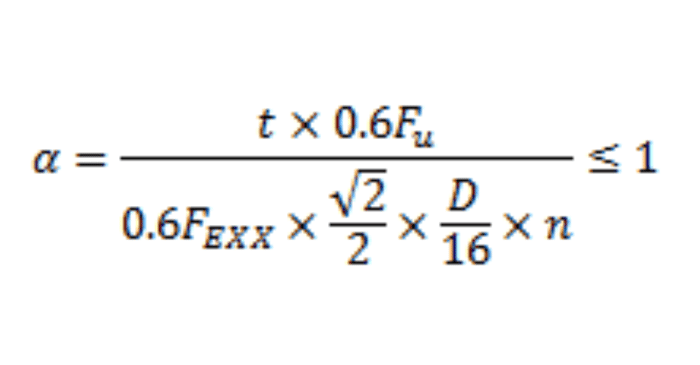
The base material at the location of a weld may have less strength than the weld itself. In this case it will control the overall strength of the welded connection. In order to account for this, RISAConnection uses a weld strength reduction factor (α) which we call the Base Material Proration...
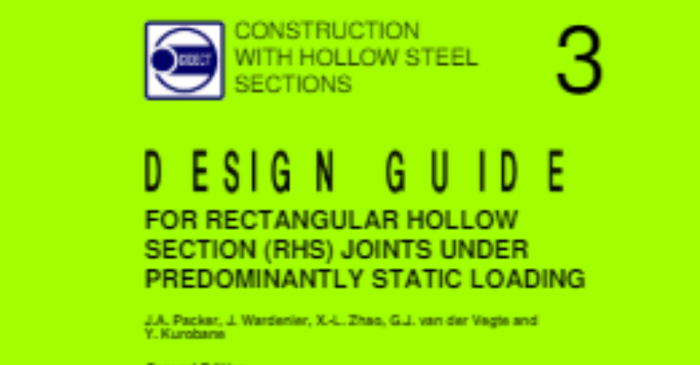
Wide Flange beam to HSS Tube column moment connections can now be designed in RISAConnection version 9 with both the US and Canadian design standards. HSS tubes may be selected as the supporting column member on either of the two moment connections:
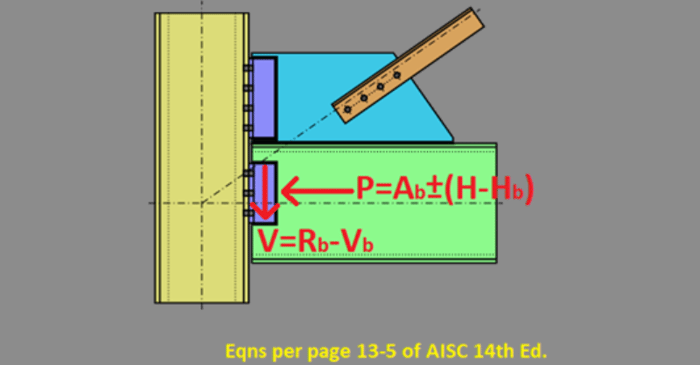
RISAConnection assumes by default that your vertical brace connection is a one-sided connection without any outside influence or load transfer from other connected elements. Using this assumption, the design shear and axial force at the beam to column sub-connection is determined using simple...
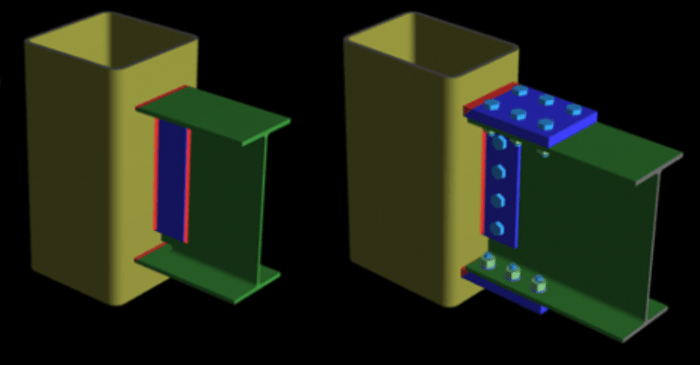
Wide Flange Beam to HSS Tube Column Moment Connections can now be designed in RISAConnection version 9. HSS tubes may be selected as the supporting column member on either of the two moment connections:
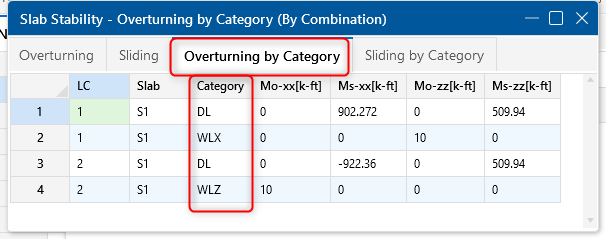
RISAFoundation v11.0 includes two new tabs in the Safety Factors results spreadsheet that breakdown the slab’s stabilizing and destabilizing forces for each category. The new Overturn/Resist by Category and Sliding/Resist by Category tabs make it easy to understand how the program calculates the...
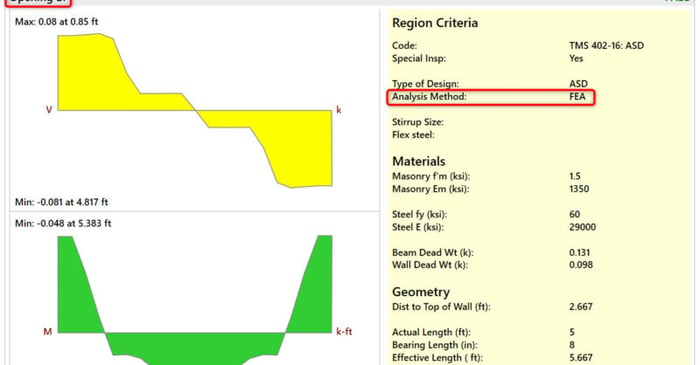
In RISA-3D, the current method of design for masonry lintels is Simply Supported where the masonry lintels are idealized into a simply supported pin-pin beam configuration. Now, masonry lintels can instead be analyzed using finite element analysis. With this method, the lintel will be fully...

RISAFoundation can apply soil overburden to a mat slab to account for the weight of the soil above the foundation. Simply enter a Soil Overburden pressure value for your foundation design in the Slabs spreadsheet. The soil overburden load is utilized to help the mat slab resist overturning during...
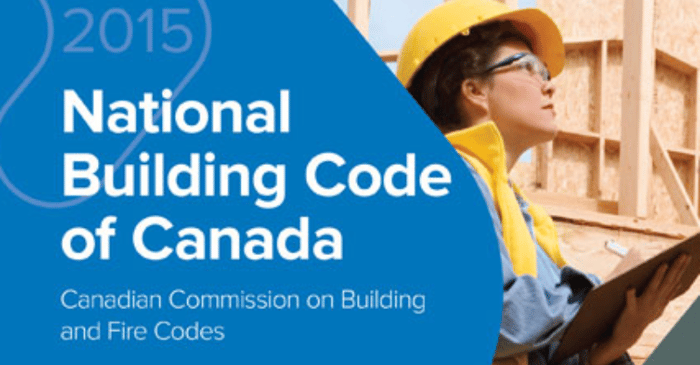
The 2015 NBC compliant codes have been implemented into RISA-3D v17.0, RISAFloor v13.0 and RISAFoundation V.11.0!
Our monthly "Structural Moment" newsletter is the best way to keep up with RISA’s product updates, new releases, new features, training events, webinars and more...